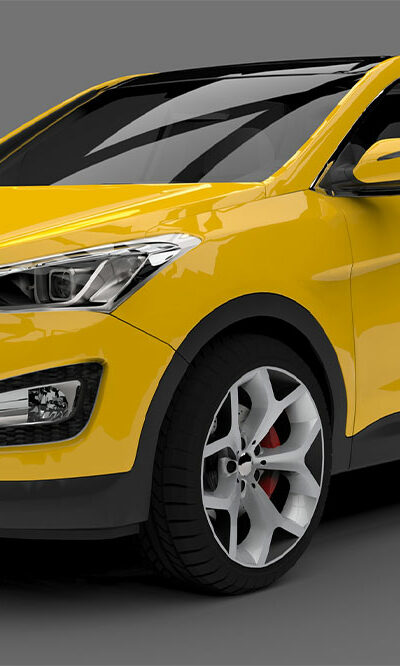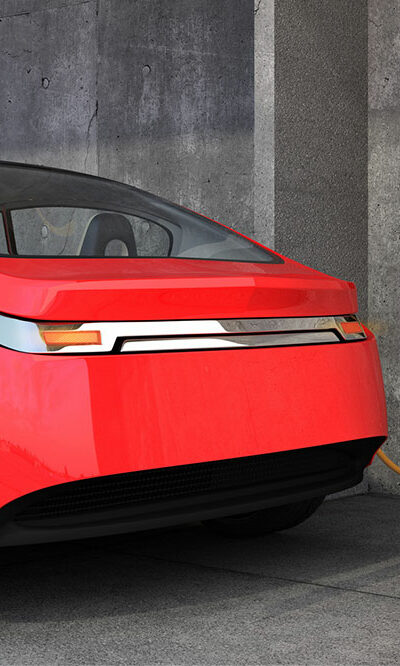
Top 6 places to avoid hiding jewelry
Jewelry and other important possessions not only hold economic value but also emotional value for a lot of people. So, it is only natural to think of ways to protect them and prevent them from being stolen. Many places at home may be safe to hide these valuable items, but there are also some obvious and not-so-safe options where jewelry should not be hidden or kept. Here are some common places to avoid hiding your jewelry: 1. Fridge Hiding valuables and jewelry in a fridge has become quite popular, thanks to certain movies and shows in which people freeze cash and other valuables in the freezer. While it may seem like a good idea, it has now become a known place to hide valuables, so at the time of the break-in, the robbers may also check the fridge contents. 2. Drawers This is another common place where homeowners usually hide their jewelry, hoping robbers will not find it. However, many robbers already expect this to be a good hiding place for homeowners and go straight to the closet. While people assume that the jewelry will be safely covered under the clothes, the robbers will simply toss everything aside and search relentlessly. This also means that the jewelry safely kept aside will be tossed out and can easily break or shatter. 3. Laundry basket Keeping valuables in a dirty laundry basket may seem like a great idea, because who would want to go through that? But burglars are prepared to go through all the items in the house, so they will most likely go through the laundry basket as well. Additionally, robbers know that people usually keep spare cash or credit cards in their pockets and often forget to remove them before dumping clothes into laundry baskets. So, more often than not, the laundry basket will be among the first few things they check.










